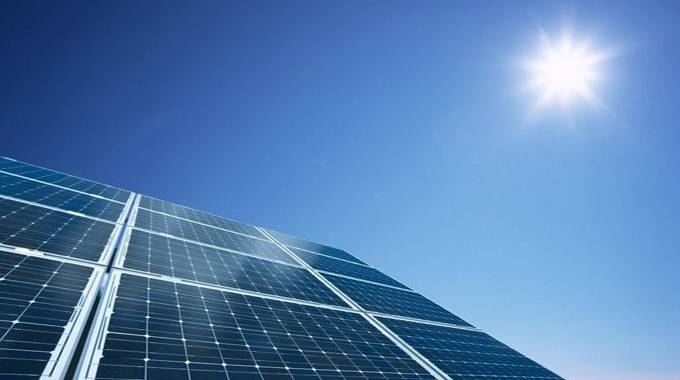Zimbabwe can achieve energy self sufficiency

Trevor Mashangwa
Zimbabwe has the capacity to be self-sufficient in terms of the usage of various energy sources.
According to statistics, the average monthly usage of electricity in households was 200 to 300kWh in 2011 with the main consumption being cooking equipment which takes up to 250 kWh on an average of two meals per day.
The commercial sector also experiences fluctuations in its demand for electrical power due to the continuous demand especially in shops, restaurants and recreational centres.
Other major industries that are in constant need of power supply include mines and manufacturing companies, where it would be an advantage for mines to generate their own power and incorporate it in the development of power infrastructure.
As the whole nation is facing a challenge of electricity unavailability, our focus should be the usage of other sources of energy so as to produce electricity too.
Coal is our greatest locally produced fossil fuel with a maximum of 4,5 million tonnes per year as our economic consumption. Over 70 percent of the coal produced is used for the generation of electricity, with the rest mainly being used for coking coal, crop processing and industrial heating.
Despite its high usage within our economy, coal remains with a greater capacity of being exploited, the main challenge being the application of more modern technology so as to efficiently extract and explore it.
Its distribution within the country is also limited due to the weak distribution network, which relies on railway transportation. It is of great necessity too that environment friendly techniques are used for the exploration of coal so as to minimise hazardous effects to our environment.
Another source of energy that requires extensive implementation in Zimbabwe is solar energy. Solar is readily available nationwide. Zimbabwe has a solar energy capacity of 16 to 20 MJ/day, with the ability of producing 10 000GWh of electrical energy per year.
A vast number of solar photovoltaic installations have begun in homes nationwide, with the primary objective of water heating in homes. Still, much more needs to be installed so as to reduce the electricity consumption in homes.
More than 400MW could be saved if all household geysers are to be replaced with solar water heating systems, where currently up to 300 000 are estimated to be installed and being put to use in homes throughout the country. The challenge being faced is the purchase and installation of the solar systems due to high costs hence a small portion of the population is able to afford purchasing them.
Other forms of renewable energies are also present. Nuclear energy can be produced within Zimbabwe as the fundamental resource of its production, uranium, is found locally.
With the presence of up to 25 000 tonnes of uranium at the Kanyemba and Kariba areas, Zimbabwe would be able to commence nuclear projects through the collaboration and assistance from the AFRA (the African Regional Cooperative Agreement for research, Development and Training) and other related organisations that focus on the usage and application of nuclear energy for beneficial purposes around the world.
However, nuclear energy would take a longer time for implementation, as no legislation currently exists to support its development. Also, institutional arrangements have not yet been established to govern the use of nuclear power.
Nuclear plants also have extremely hazardous effects if an accident is to occur, which result in radiation that has the ability to affect anyone within a 16 kilometre radius, hence commencing nuclear technology would require experts.
Biomass is also present locally, in the form of wood fuel, and is mainly used for cooking and space heating in rural and low-income urban households.
It is in great demand especially in the rural areas and it is necessary that the Government controls its high demand as it has been leading to the destruction of forest area due to the demand being greater than the planting rate.
Bagasse from sugar-cane processing also has potential of being exploited through the expansion of sugar-cane plantations for ethanol production for the generation of electricity. Liquid biofuels have also been introduced to minimise the importation of petroleum products.
Unfortunately, the challenge has been to supply sufficient feedstock to satisfy the food and fuel production requirements.
These and other fuels are present and provide the answers for our quest to produce electricity in surplus. It is of importance that we rely on renewable energy as it has several advantages, as the primary resources are readily available, with solar energy being the most present throughout the year too.
The sacrifices and effort put in the expansion of the solar energy industry up to date have shown remarkable results and potential of supplying enough electricity to all industries nationwide and this can lead us to a self-sufficient economy in terms of the production of electricity and other forms of energy that we are in need of.










Comments